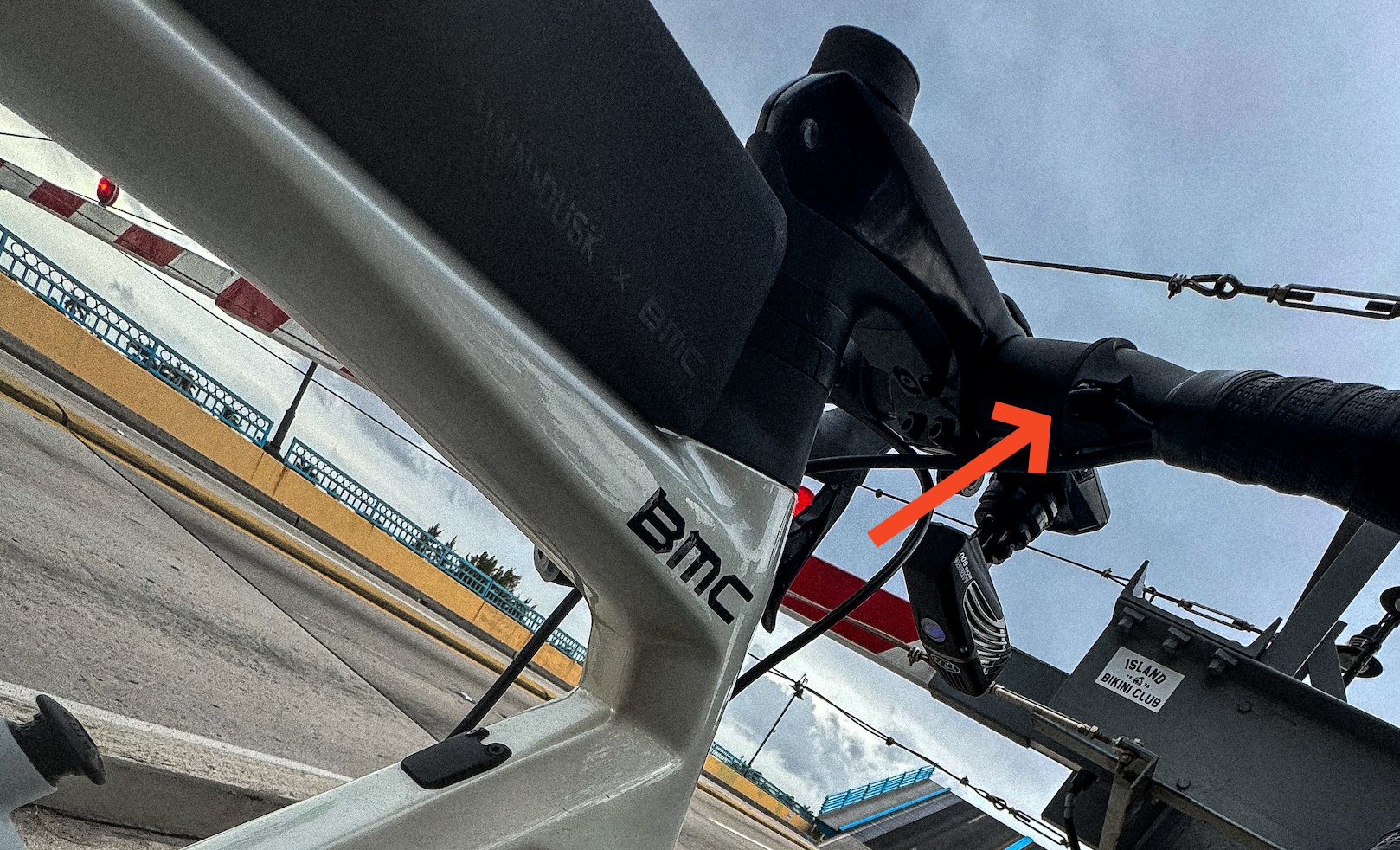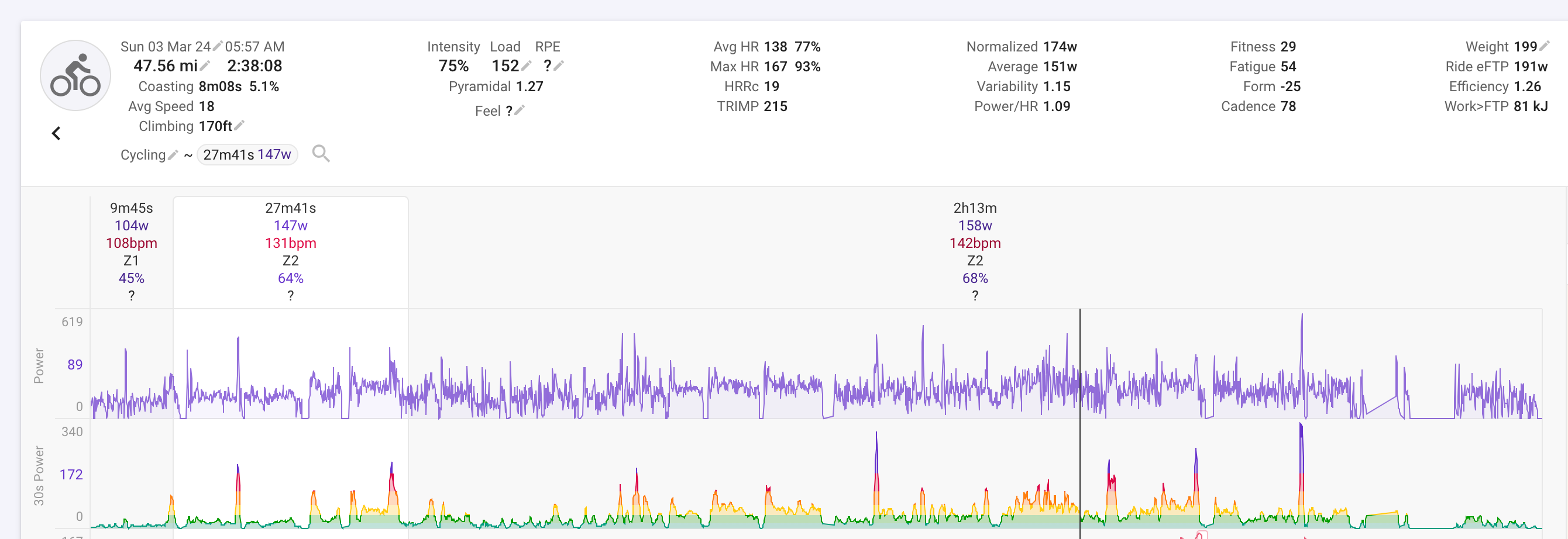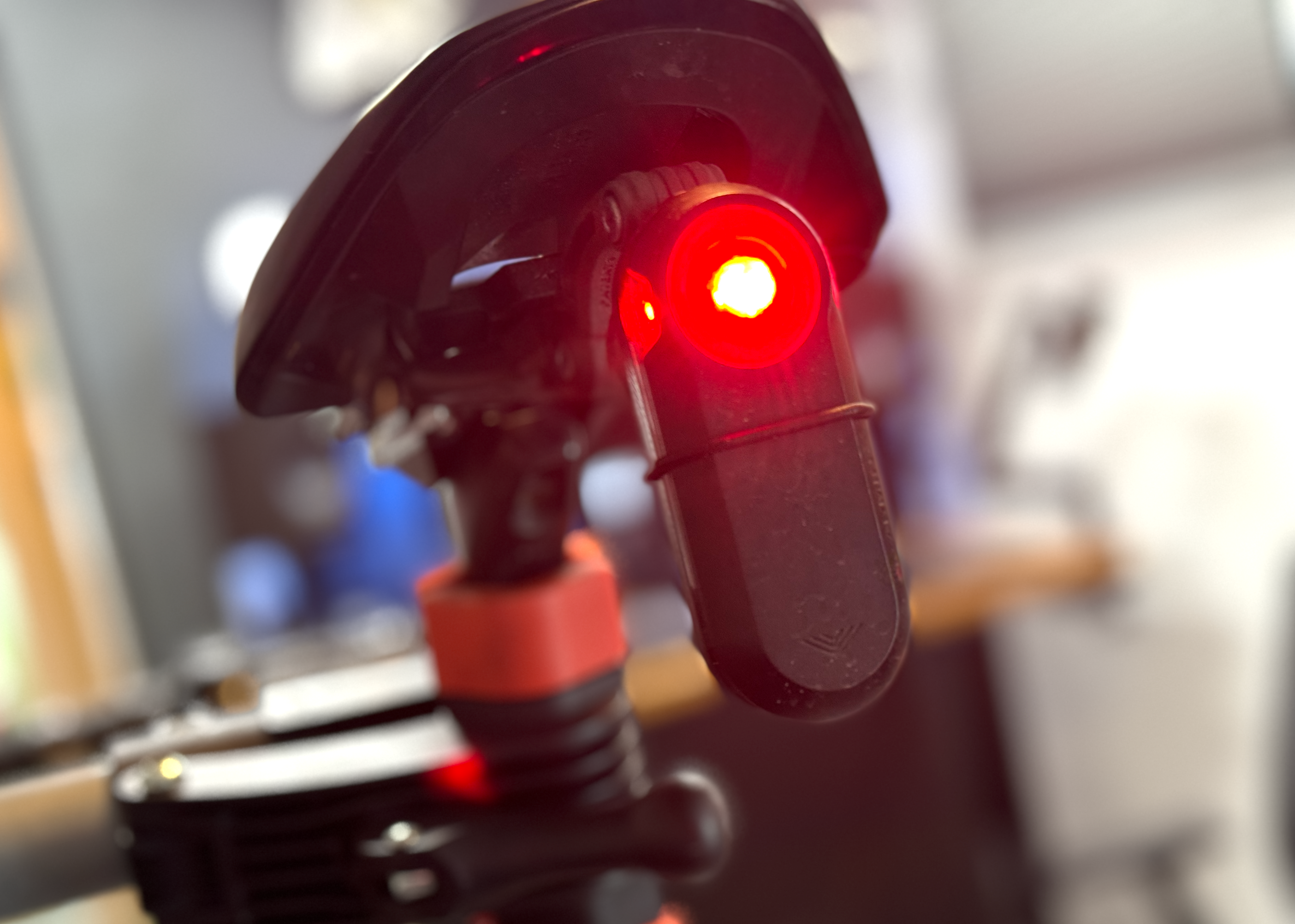If you’ve never been on a road bike, or if you haven’t been on one in the last 10 years, the amount of technology on bikes today is mindblowing. From electronic shifting to power meters, the technology has come a long way. But how much of this tech is nice to have and how much makes a difference? Let’s jump in and find out.

Electronic Shifting
One of the biggest shifts in the industry, and maybe the most controversial, is the move to electronic shifting. Electronic shifting replaces the traditional mechanical cables with electronic wires and motors. The most popular electronic shifting systems are Shimano’s Di2 and SRAM’s eTap. There are a few benefits to electronic shifting. The first is that it’s more precise. The shifting is always spot on and you don’t have to worry about cables stretching or getting gunked up. The second is that it’s customizable. You can program the buttons to shift however you want. The third is that it’s easier to shift. You don’t have to push as hard to shift and you can shift from the hoods, drops, or even the tops of the bars.

Oh and one more upside is you and have some unusual routing situations, like these additional shifters on the top bar.
Some of the downsides are that it’s more expensive, requires digital tools to tune, and can be more complicated. It also requires charging, but the batteries last at least 1,000 miles.
Why it matters
For me, electronic shifting is smooth, precise and fast, making it a joy to ride with. I also put my current gear selection on my bike computer, allowing me to keep a heads-up view instead of checking down or behind me to see what gear I’m riding.
Power Meters
Power meters are another big shift in the industry. Power meters measure the amount of power you’re putting out in watts. This is a much more accurate way to measure effort than heart rate or speed. Power meters can be built into the crank, pedals, or hubs. On my BMC Roadmachine, I have Garmin Vector 3 pedals. These pedals measure the power from each leg and send it to my bike computer.

Why it matters
Power meters are a game-changer for training. They allow you to properly measure your effort, which is essential for training day-to-day as well as race-day pacing. Whether you’re solo into the wind, or deep in the peloton, you can measure your effort and make sure you’re not going too hard or too easy.
Radar
Radar is a new technology that’s been added to bike computers. The radar is a small device that mounts to the back of your bike and sends a signal to your bike computer. The bike computer then displays a small radar screen showing cars approaching from behind.

My Wahoo showing a car approaching from behind.
This is a huge safety feature, especially when riding in traffic or on busy roads. The Garmin Varia unit that I have also doubles as a rear light, which is a nice bonus. It flashes when cars are approaching, and stays solid when they’re not.

Why it matters
The radar is a huge safety feature. It’s not uncommon to be riding in a group and not hear a car approaching from behind. The radar gives you a heads-up, so you can move over and let the car pass. It’s also a nice feature when riding solo, as it gives you a little more peace of mind.
Bike Computers
My bike computer is the hub of my ride. It’s where I see my speed, distance, time, power, and heart rate. It’s completely configurable, so I get to pick and choose what’s important to me, depending on the type of ride I’m on. It also stores every second of every ride, so I can look back and analyze my performance.
What I depend on my bike computer for:
- Speed - this is the most obvious, but also a great
- Power - like mentioned above, I use power to determine how much effort I’m putting in, and therefore how long I can sustain that effort. I ride with two power numbers: 3 second power average, which tells me my instantanious power, and a 5 minute power average. For long rides, the 5 minute average gives me a good look back without and surges or slow downs.
- Ride time - this tells me how long we’ve been moving, which is important for nutrition, but more on that later.
- Distance - this is imporant for pacing, as knowing how much more effort you’ll need can dictate how hard you go now.
- Heart Rate - Heart rate is a good second order measure of effort. It’s not abnormal for your heart rate to spike from secondary factors, like stress, caffeine, or heat, so it’s important to use and adjust your effort.
- Gear selection - like mentioned above, I have my current chainring and cassette gear selection at the bottom. This helps when I’m about to start a big effort, either up-hill or chasing someone, and I can make an adjustment before I begin.
- Nutrition Alerts - I have my bike computer set to alert me every 15 minutes to drink and every 45 minutes to eat. This is important for long rides, as it’s easy to forget to eat and drink, and then bonk later on.

Why it matters
My bike computer is my cockpit. It’s where I get all the information I need to make decisions on the road. It’s also where I can look back and analyze my performance. While I can certainly ride without one, it would be like driving without a speedometer or gas gauge.
Hydraulic Disc Brakes
Hydraulic disc brakes are a big improvement over traditional rim brakes. They provide more stopping power, better modulation, and better performance in wet conditions. They also require less maintenance and are less affected by wheel wobble. They’re a little more complicated to setup and maintain, but once they’re right, they’re right.
Why it matters
Hyrdraulic brakes give me more control, which is important in big groups. They’re also one less thing to check and maintain, which is nice when having to deal with so much equipment.
Tubeless Tires
Tubeless tires are a huge improvement over traditional clincher tires. They’re less prone to flats, they have lower rolling resistance, and they can be run at lower pressures for better comfort and traction. There’s a bit of a learning curve over tradition tires, but I’ve put 4 seasons on tubeless tires now with no flats, so I’m a believer.

Why it matters
After the initial setup and uneasiness of relying on sealant, tubeless tires mean less flats for me, and that’s a huge win. Whether training or racing, flats on the road are a huge inconvenience and can ruin a ride.
Conclusion
A lot of people feel that the technology (and by extension, the cost) of bikes has gotten out of hand. While it’s true that you can ride a bike without any of this technology, I feel that it’s made a huge difference in my riding. I feel safer, I’m more comfortable, and I’m more efficient. I’m also able to analyze my performance and make improvements. I’m a big fan of the technology and I’m excited to see what comes next.